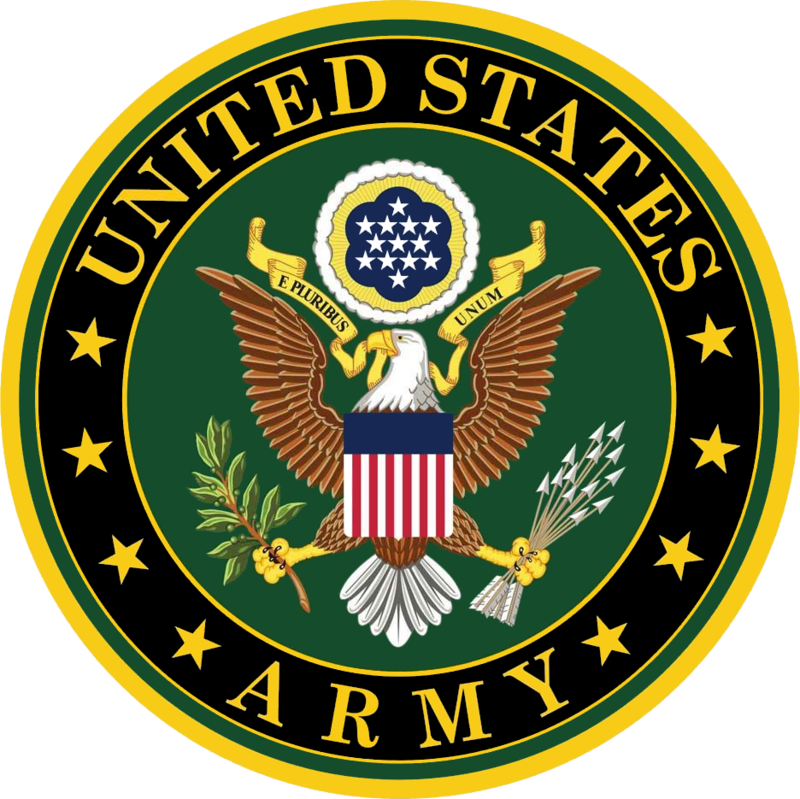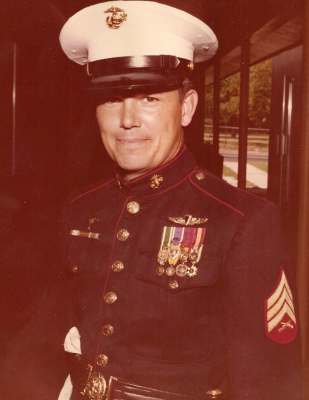ABOUT 23 USAFAD
- Full Name: The 23rd United States Army Field Artillery Detachment (23 USAFAD) was a specialist unit of the US Army assigned to support NATO forces in Europe during the Cold War.
- Mission: Its primary mission was the custody, maintenance, and potential release of nuclear warheads for use by allied NATO artillery units, particularly Belgian or German forces.
- Location: 23 USAFAD was stationed in Germany, with its most notable location being in Werl, North Rhine-Westphalia, where it worked closely with Belgian artillery regiments.
- NATO Partnership: The detachment played a key role in NATO's "dual-key" system, wherein US personnel controlled nuclear warheads while host nation troops operated the delivery systems.
- Weapons Supported: The unit was responsible for warheads intended for delivery by the Honest John rocket and later the more advanced MGM-52 Lance missile systems.
- Security Measures: Security at the site was extremely tight, featuring double fencing, guard towers, and quick reaction forces to prevent unauthorized access or sabotage.
- Deactivation: The detachment was deactivated following the end of the Cold War and the withdrawal of US nuclear warheads from European soil in the early 1990s.
- Unique Insignia: Members of the 23 USAFAD often wore both US and Belgian insignia, reflecting their close cooperation with the Belgian Army's 14th Artillery Battalion.
- Legacy: Veterans of the unit recall a strong sense of camaraderie and shared mission, as they were part of a small, highly trusted group handling some of the world's most destructive weapons.
- Historical Anecdote: During heightened tensions, such as the Able Archer 83 exercise, the unit was placed on high alert, reminding soldiers of the real possibility that their mission could shift from deterrence to active deployment at any moment.


